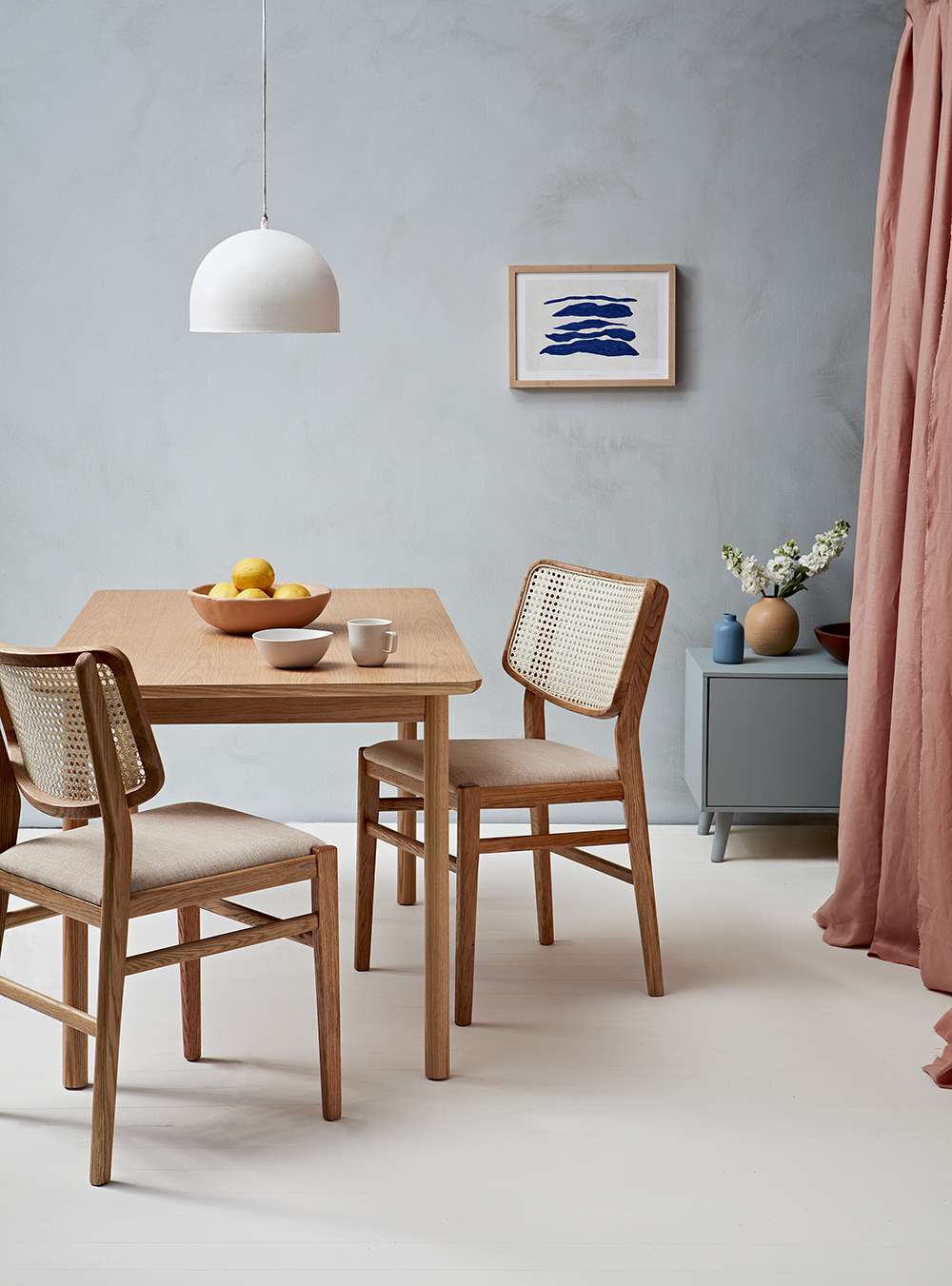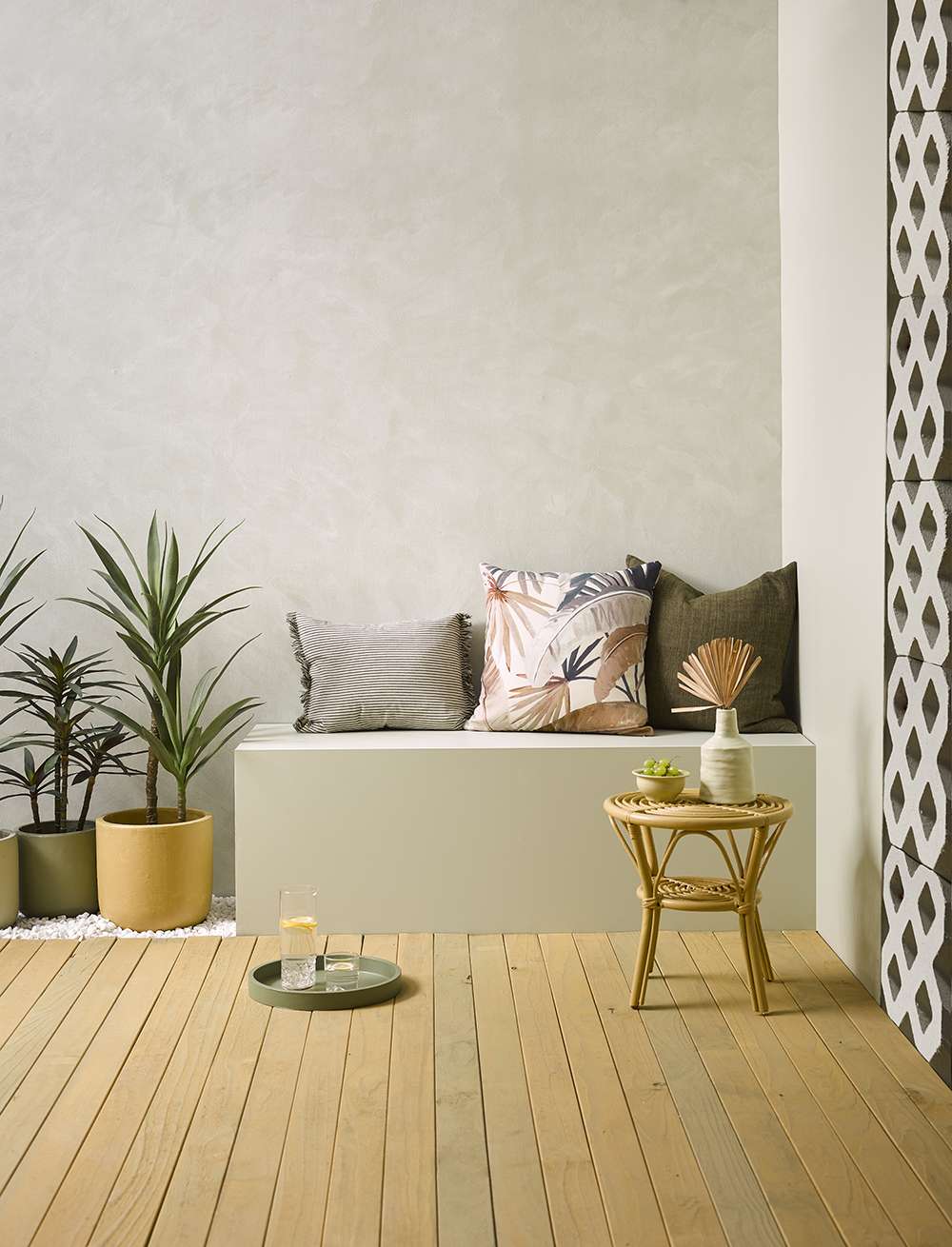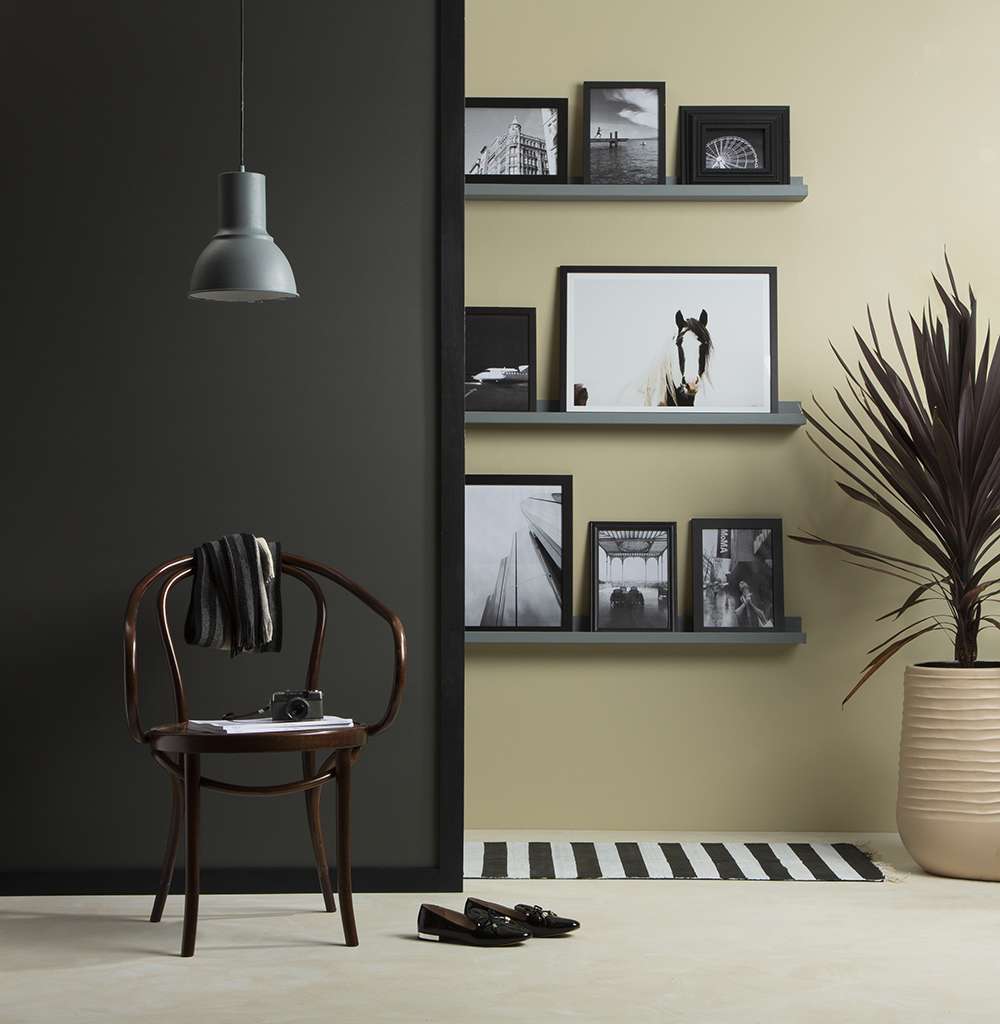To some, a plain wall with a fresh coat of paint is just the tonic. To others, it may seem a little boring; that feeling that it just needs something else simply won’t go away.
Texture can bring a new dimension to a wall that colour – in all its glory – can’t. Bumps, grooves, undulations all make shadows and allow movement with light, responding to light in different ways throughout the day. Such texture provides extra character that a smooth wall doesn’t.
Your own personal taste will drive the design here, you’ll be choosing not only a colour but also an effect that provides a look unique to your home.
It’s also handy for when your walls are less than perfect. “Using a textured paint on interior walls is a good way to hide surface imperfections or to help mask critical light issues,” says Resene paint expert Jay Sharples. “It can also be a point of difference from other walls.”
Start your property search
There are several techniques you can use with paint to create a unique effect. Decide on a Resene colour and mix one 60ml test pot to one litre of Resene FX Paint Effects medium. From here, you can try your hand at different techniques for your desired effect.

Chic and stylish in an imperfectly perfect way, these walls in Resene Duck Egg Blue bring a layer of interest to this dining room with Resene FX Paint Effects tinted to Resene Rolling Stone. Warm, blush pinks softly contrast while the sideboard in Resene Inside Back balances the setting. The grooved floor in Resene Half Villa White adds to the textural elements of the space. The pendant lamp is in Resene Half Orchid White, sideboard is in Resene Inside Back, pottery-style bowl (with lemons) is in Resene Kalgoorie Sands, large bowl is in Resene Moccaccino, vase (with white flowers) in Kalgoorie Sands and small vase is in Resene Sea Change. Project by Gem Adams, image by Wendy Fenwick.
Jay suggests using products like Resene Resitex and Resene Sandtex, which themselves have different grades ranging from superfine to coarse. They are accessible ways to apply a textured product to a flat surface by way of a roller or brush. “With different application techniques you can create different looks and textures,” Jay says. “Different application techniques can add texture and features using a standard acrylic paint as well. Grab a small pot and have a play to see what works best.”
If you have walls covered in wallpaper that you don’t necessary feel attached to, you can make them work for you by applying a coat of paint. It’ll save you the work of stripping the wallpaper and give you a wall colour you love with an interesting texture. “When painting over wallpaper, the texture of the wallpaper will still be there. Painting it gives a colour change and a chance to change the gloss level too,” Jay says.

Go one step further with your walls and let the light work its magic on its texture. The back wall of this outdoor patio is in Resene Aspiring with paint effect in Resene FX Paint Effects medium tinted to Resene Moon Mist, the right wall, breeze blocks and vase are in Resene Moon Mist, bench seat is in Resene Aspiring, deck is in Resene Woodsman Uluru, large plant pot are in Resene Teak, tray is in Resene Flax and small plant pot is in Resene Siam. Project by Vanessa Nouwens, image by Wendy Fenwick.
To achieve more texture on your walls with a plaster finish, there are interior options from Japanese clay/lime finishes to natural clay or polished Venetian, Jay says. One of the most popular is Resene Construction’s Otsumigaki traditional Japanese interior clay and lime plaster. This is a natural product consisting of white clay, sand and lime. Its finish on your walls echoes that of traditional Japanese homes, and despite its flat finish it creates textural depth. You can also have colour added to create a tint that suits.
Break up colour by way of colourwashing, a technique which requires a light colour base to contrast with the topcoat. When creating a wash effect using Resene FX Paint Effects medium, the key thing is having enough variation between the base colour and whatever hue you add into the Resene FX Paint Effects medium, says Resene colour consultant Amy Watkins. “If you want, for example, to try an orange/yellow tone-on-tone effect, use Resene Cleopatra as a yellow base and Resene Twisted Sister as the orange topcoat. There is enough difference between the two tones to provide a hint of drama.”
Make a homage to those beautiful historic buildings of Europe that have stood the test of time, with a limewash affect. It’ll provide your walls with a soft, weathered look, reminiscent in old buildings. The impact on your walls will be romantic, interesting and unique. To get this effect, use Resene Eighth Black White as a base and Resene Triple Black White as the topcoat. A base colour would need two coats then one coat of Resene FX Paint Effects medium mixed with a colour of your choice. Then use a sponge, roller, rag or brush. “It’s down to your own interpretation of how you want to create the look you want,” says Amy. “It pays to be sure before you start work so have a go on card, playing around with the various mediums, until you are certain on the look you want.”

The use of paint to create a marble effect on this hallway’s floor creates a stunning impact without the cost of the real thing. The main wall is in Resene Armadillo, wall lining is in Resene Blackjack, return wall is in Resene Beachcomber, shelves are in Resene Rolling Stone, floor is in Resene Black Haze with Resene FX Paint Effects Medium and Resene Sugar Loaf, plant pot is in Resene Rodeo Dust and pendant light in Resene Rolling Stone. Project by Kate Alexander, image by Bryce Carleton.
Let your walls shimmer with delight by creating the look of brushed metals with Resene FX Metallic. Once you’ve applied your basecoat, brush on the metallic in a criss-cross stroke for your desired effect. Sit back and admire how the light plays on this glistening surface in varying ways.
Resene Colourwood Whitewash provides a whitewashed look that can be used on timber floors, walls and furniture. It’s perfect if you’re wanting a slightly antique look in your home. Resene Colorwood Greywash is a similar product, but with a touch of grey for a more aged look and feel.
Seek inspiration from the elegance of heirloom furniture and the aged items in antique markets. Resene FX Crackle provides a worn charm to a surface, allowing small glances of the base colour underneath to show through the crackle effect. All that is required is for you to apply a basecoat colour, allow to dry, then brush on Resene FX Crackle and allow to dry. Brush on a topcoat colour. The cracks will become apparent when the paint dries.
Another effective technique to apply paint to your walls with textured finish is by sponging and ragging. You can do this with old sheets, cheese cloth or a sponge. Dab the sponge or rag using different parts of each as you move it around your surface for an organic look. Try a dark colour over a light base for a little drama. Like all of these methods, the end result will bring warmth and texture to your room, a result of your unique use of technique and colour.
For more paint and colour ideas and inspiration, see the latest looks online at www.resene.co.nz/latestlooks and visit your local Resene ColorShop for all the expert advice and products you need to bring out the best in your decorating project.











